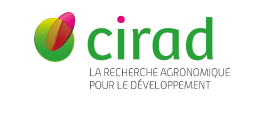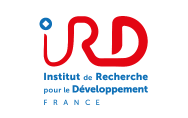Located in the heart of the Sahel and surrounded by four neighbouring countries (Chad, Cameroon, Nigeria and Niger), Lake Chad is one of the most important socio-economic places in the region. However, human activities are sensitive to the changes in the water body area resulting from the inter-annual variability in the rainfall over its watershed, which drastically impacts the landscape and natural resources. This present thesis aims at understanding the consequences of the transition from a wet period (1950-1970) to a relatively drought period (1973 – present) on the human activities related with the fish resource in the northern pool (Nigerian part) of the lake Chad.
Historically, Buduma or Yedina, inhabiting the islands of the northern pool of the lake were mostly farmers. The modernisation of fishing material (nylon nets, traps), the monetization of the exchanges and the development of an important market in Nigeria led to an intensification of fishing, which became the dominant activity. Native groups were then joined by non-native groups from other parts of Niger (Hausa, Zarma), Nigeria, Chad, Cameroon and Mali, increasing the fisheries activity.
Variability in lake inundated area, especially the repeated shrinkages that occur in the northern pool, resulted in strong modifications in fishing practices. Although each group of fishermen developed its own livelihood strategy, these strategies fit into an overall scheme, which was characterized by a poor management for the exploitation of the resource. At present day, this causes a deterioration of the relations between groups of fishermen and leads to consider regulation measures for a rational exploitation of fish resource.
Key words: Lac Tchad, natural resource, Nigerian part, fisheries, adaptation






